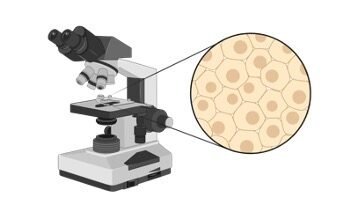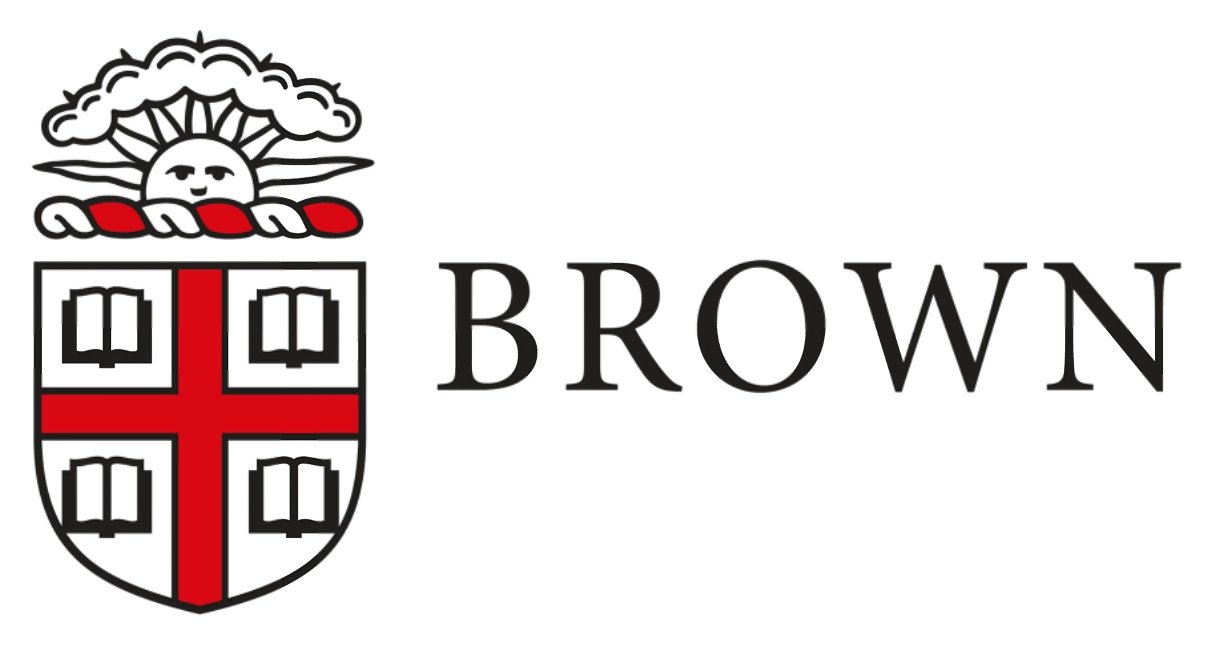Table of Contents
Isomer Definition
Isomer comprise 2 molecules that differ in terms of their structure but are represented by the same molecular formula. The number of atoms would be the same for these isomers but their arrangement would differ due to which they would exhibit different physical properties even though they have the same molecular formula.
The functional groups associated with each molecule may differ which alters their properties. The molecules can be converted into their respective isomers by the process of isomerization. This may be spontaneous or not.
Types of Isomer
Isomers are classified into 2 types stereoisomers and structural isomers.
i. Structural Isomers
These molecules differ in respect to the functional groups and the specific attachment and arrangement of atoms. All the different isomers will have different IUPAC names and as they comprise different functional groups they may be classified into different groups.
They are of different types including position isomers that differ in accordance to the position of the functional group, chain isomers that differ in regard to their branching patterns, skeletal isomers that have different carbon chains, and functional groups isomers.
Tautomer is a kind of structural isomer that undergoes spontaneous interconversions between the different isomers. It will exhibit different properties based on the isomer conformation it exists in. Some of these spontaneous conversions are so rapid that it is difficult to isolate the different forms.
ii. Stereoisomers
These isomers will have identical bond structures but the geometric positions of atoms and functional groups will differ. Different types of stereoisomers include diastereomers, conformational isomers, and enantiomers.
Enantiomers are non-superimposable mirror images that comprise chiral centers. Diastereomers may or not consist of chiral centers and are not mirror images of each other. Conformational isomers showcase different rotations around single bonds.
Isomer Examples
Methoxyethane and Propanol: The C3H8O chemical structure has many isomers like methoxyethane isomers and propanol isomers. The propan-2-ol and propan-1-ol comprise the propanol isomers that differ in regard to the position of an oxygen atom that is either present on the central carbon atom or the terminal carbon respectively.
In the methoxyethane isomer, the oxygen atom is placed on the center instead of being linked to a single carbon atom, and due to which it is ether.
Methylacetylene and Allene: These comprise C3H4 isomers that differ in the kind of bonding shown by them. Allene shows 2 double bonds between the carbons, whereas methylacetylene has only one single bond and one triple bond.
Fulminate and Cyanate: They constitute isomers of CNO. In the case of fulminate, the N atom is linked to both the O and C atoms. While in cyanate, both N and O are linked to the central C atom.
Glucose and Fructose: They are the most common examples and are C6H12O6 isomers. They differ in regard to the placement of a double-bonded O atom. The O is positioned on the first C in glucose, while in fructose it will be located on the second C in fructose.
Importance of Isomer
Isomers are significant in the case of pharmaceuticals, as generally one isomer of a compound will exhibit the desired reaction or effect. For example, ibuprofen will target the binding site and bind to it generating relief from pain in only one isomer form.
Another example is cisplatin that comprises an anticancer drug, while transplatin that is its isomer shows no anti-cancer traits. One isoform of thalidomide was used to treat morning sickness in pregnant women in the 1950s, but its stereoisomer acted as a teratogen causing birth defects in children.
In the human body, these isomers are critical for enzyme function. The structure of an enzyme including its functional group, orientation, and bond length is vital to its functioning as they bind very specifically to the active site of an enzyme.
The isomers of enzymes that vary in their structure won’t be able to bind to the active site. For example, the isomer of the enzyme triose phosphate isomerase is not able to catalyze the interconversion of dihydroxyacetone and (R)-glyceraldehyde phosphate.
Isomer Citations
- Single-isomer drugs: true therapeutic advances. Clin Pharmacokinet . 2004;43(5):279-85.
- Pentanol isomer synthesis in engineered microorganisms. Appl Microbiol Biotechnol . 2010 Jan;85(4):893-9.
- Single isomer cyclodextrins as chiral selectors in capillary electrophoresis. J Chromatogr A . 2020 Sep 13;1627:461375.
Share












